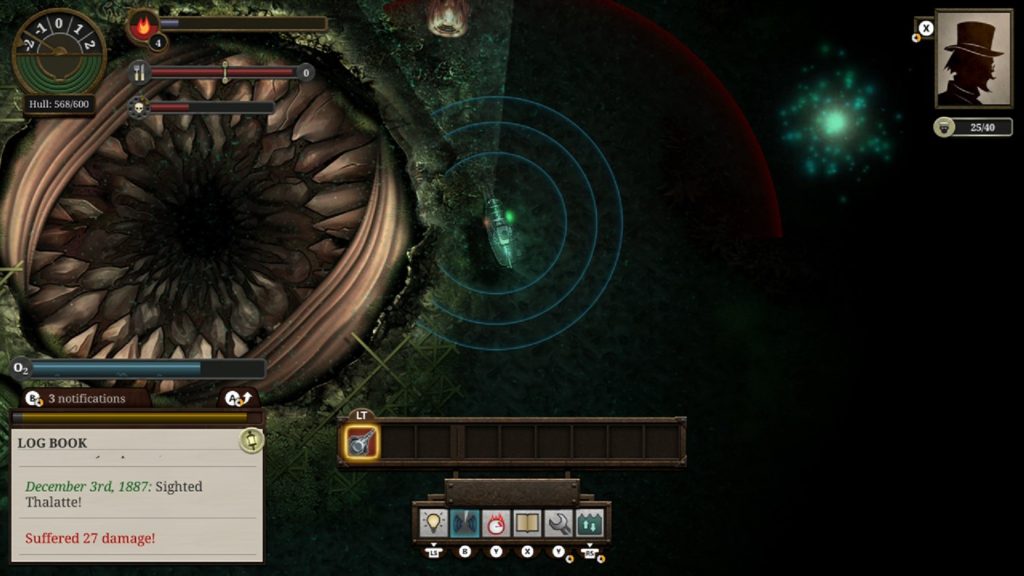In class this week, we discussed whether slow games are truly a genre. While I think it’s true that whether a game is slow is largely determined by the way the player chooses to play the game, I think that many games also make aesthetic choices that make them appear slow, to urge the player towards a slow playstyle. These choices can include calming music, restricting the movement speed of the player’s avatar, or adding pauses between events in the game. However, even games that present themselves as slow can be played in other fashions if their players choose to do so. In fact, some games that present themselves as slow cannot be played that way at all. So today, I’d like to discuss how games can use the veneer of slowness to cover their true challenges.

I’ll start by discussing A Short Hike. In class, the consensus seemed to be that this game was slow by playstyle. After all, most play consists of walking, gliding, and conversing with NPCs. However, I would argue that this game is not in fact a slow one. The player is given a clear objective – to reach the top of the peak – and must traverse the area to collect the feathers they need to complete it. Although the game exudes a slow aesthetic with its calming music, warm color palate, cute characters and dialogue that does not impact game completion, its mechanics can be rather challenging. I found many times where to traverse a cliff with the number of feathers I had, I needed to try multiple times to make it to the top. Even with the ten golden feathers I had at the time, I found that the ascent to the top of the mountain was particularly challenging, requiring careful strategizing of where to jump or glide and conservation of my feathers. At times I found myself frustrated with the game, an experience that runs counter to the way we defined slow games in class.

Another game that I think exemplifies the difference between a slow design and a slow playstyle is Failbetter’s Sunless Seas. Much like A Short Hike, this game feels calm at first. It has a largely quiet soundtrack, the ship that the player controls moves quite slowly, and most of the game consists of simply moving that ship around. However, the game mixes these slow design choices with elements of unnerving horror through its narration and lore text. Additionally, failure is incredibly easy in the game, as the player can die by running out of fuel, supplies, or money, or by letting their crew’s terror get too high, in which case they will mutiny. The game also undermines the calmness of its slow movement by spawning monsters that the player is forced to fight or flee from. Altogether, the game uses many of the design elements of a typical slow game to hoodwink the player into embracing a slow playstyle, when in fact a successful playstyle requires constant alertness and careful decision-making and resource allocation.

Since slow games are such an amorphous label, it is easy to find instances where a game seems to fit and defy the label at once. But these are hardly the only games that violate our expectations in this way. As players, many of us have come to expect that the mechanics and aesthetics of a game will clue us into a certain playstyle that the developer expects of us. Indeed, I would argue that many of the best games are those in which every design element drives at a unified theme. However, this leaves us with an interesting question: what happens when the design of a game doesn’t match it’s expected playstyle? Can games that trick their players like Sunless Seas does exist effectively in other genres? I’d love to see other people’s opinions on these questions in the comments, or examples of other games that exhibit this phenomenon.
Image Credits: https://store.steampowered.com/app/1055540/A_Short_Hike/, https://www.thexboxhub.com/sunless-sea-zubmariner-edition-review/, https://www.gog.com/game/sunless_sea

Hey, great article! While I mostly agree with your point that A Short Hike, while having a slow atmosphere and aesthetic, is still pretty challenging in terms of gameplay, like how you mentioned how even with 10 Golden Feathers climbing up mountains proved to be a challenge. However, I guess my question is does a game that has such a challenging mechanic suddenly mean that the game can no longer be a “slow game”? I mean, while it may differ between people, but I would consider Animal Crossing to be a game that I would call “a slow one”, but it still has some challenging game mechanics in terms of its minigames. Therefore, does a game need to be easy for it to be a “slow game”?
I think that you make an interesting point about what makes a game slow. I did not really play A Short Hike as a slow game (perhaps because I saw the time limit suggestion on the syllabus and worked so that I finished the game within that timeframe), and found the game somewhat challenging. The controls took me some time to get used to, as it seemed like if you did’t move at the precise angle, you would fall off a ledge and not have enough feathers to be able to get back up. It also took me a while to navigate the sections between everything looked rather similar. But I certainly could see how it could be seen as slow, since many mini-games is only done for its own sake, rather than for getting to the final goal. I suppose this is the metric than be used to see something as slow, whether you can get lost in going something merely for the sake of doing it. Is that enough of a definition?